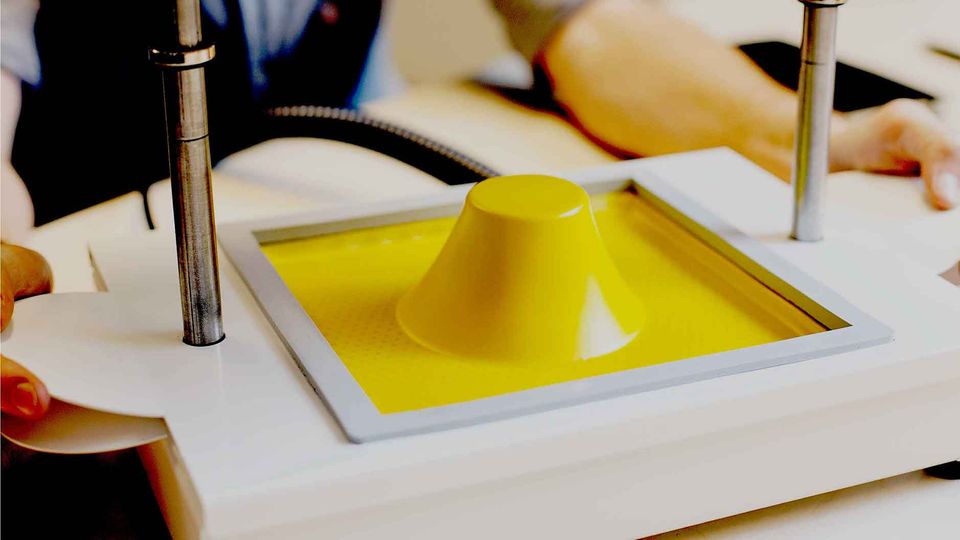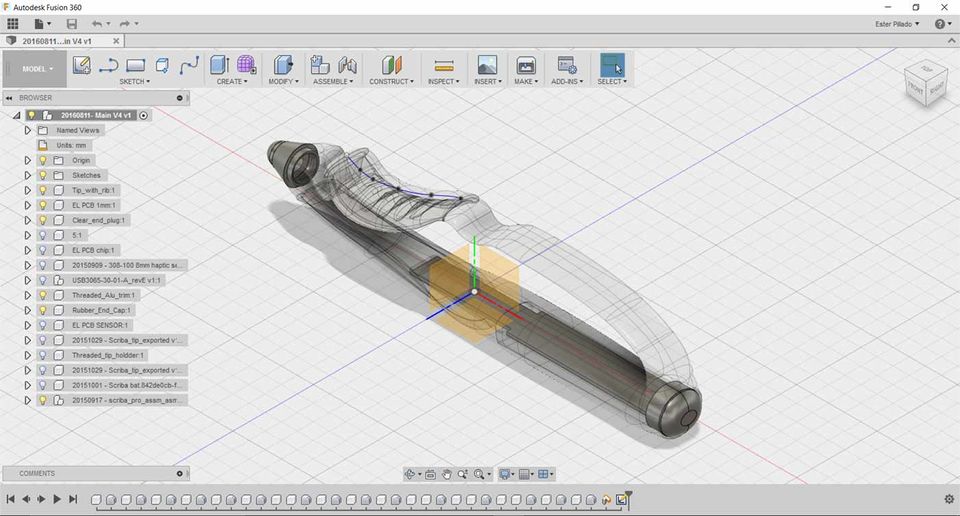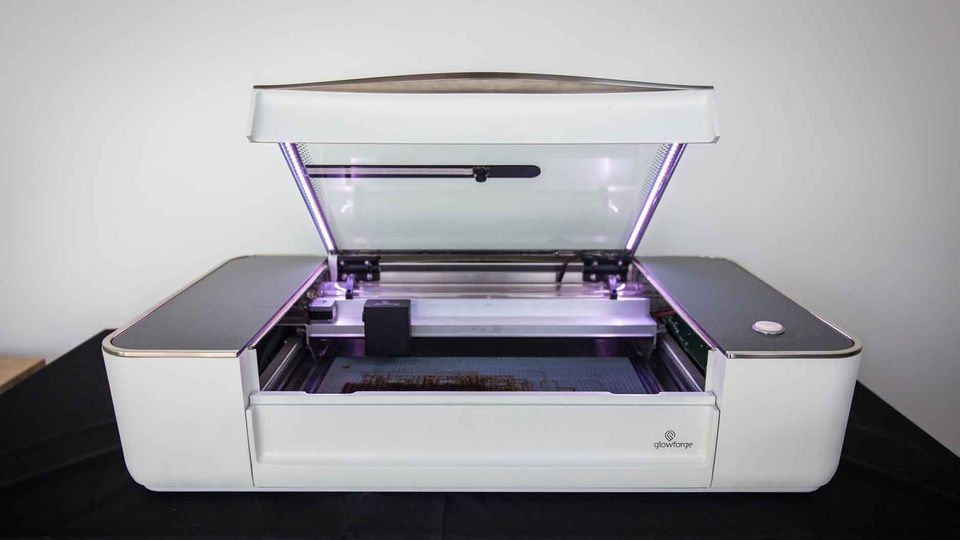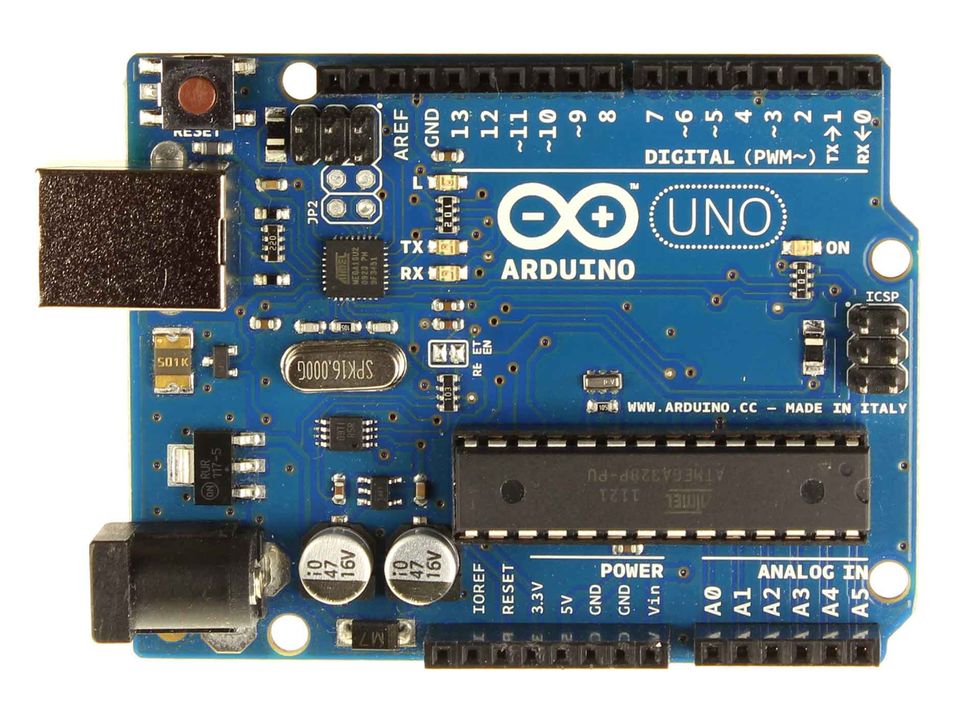Four Tools To Make You A Better Product Designer
February 18, 2020
Everyone’s work is deeply idiosyncratic: in our regular Spotlight segment we explore artists’ experiences and inspiration to understand what defines and inspires their unique styles.
The FormBox is an innovative product that allows you to create 3D items instantly. It is incredibly simple, allowing you to focus on product design and not product production. The steps are simple. You choose a material to build with it and place it into the FormBox unit. Once the material is warmed up, you can cover the object in the material and turn the vacuum on. The vacuum will suck out the air, molding your material to the shape you want. This amazing product helps you create designs or molds as you like. It fits on your desktop and uses your own personal vacuum. If you can think of it you can copy it, mold it, and print it. The Mayku Library allows you to show off your designs online and get inspiration from other FormBox users.

Autodesk Fusion 360
The Fusion 360 is the first tool of its kind. It allows you to connect your product development prices over a single, easy to use cloud-based platform. You can design, test, and build your product with a single artistic design tool. The cloud allows you to collaborate and work from anywhere you like, and on almost any device Mac or PC. Create organic shapes and direct solid, mesh, and parametric modeling. This 3D CAD, CAM, and CAE platform let’s you seamlessly bring together industrial and mechanical designing, testing, collaborating, and producing all in one.
GlowForge
This innovating laser printer allows you to design and print materials for minimal cost, at the push of a button. Create hardwood skins for your Macbook, dual gatling drones, a custom leather satchel, artwork, engraved jars etc. if you can imagine it, you can print it with Glowforge. The Glowforge cuts, engraves, and shapes whatever you like out of a wide array of materials using a single beam of light as thin as a human hair. Become a better product designer knowing there are almost no limitations to what you can create. You can cut and engrave directly on your prototype, use the camera to align and view the product before you hit print, and use the 3D autofocus feature. You don’t have to learn to use new software or tools because the Glowforge works with Photoshop, any camera JPG, Illustrator, or CA softwares.
Arduino
Arduino is a prototyping platform that works with simple and intuitive hardware and software. The Arduino boards were built to interpret an input and turn it into an output. Examples include:
- Turning light on a sensor to activating a motor
- Turning pushing a button into turning on an LED
- Turning a Twitter message into publishing something online
You can program the board to accept instructions and react accordingly. It acts as the brain to your product, allowing you to streamline your creative product design process. It was meant as a easy-to-use prototyping school for students who are stronger in design than they are in electronics and programming. Since then it has evolved to be a sophisticated tool for designers of all skill levels.
Scriba is a revolutionary digital stylus that is ergonomically designed to comfortably fit your hand and uses unique Squeeze-Motion technology. Order here.
Articles

In the period since COVID forced many of us back home and out of the office, remote work has become the new norm for many. The flexibility of working from home, especially for those with small children, is very compelling, but making a productive workspace is more than setting up a desk in the spare room. More people are seeking to create functional and comfortable workspaces in their homes, however, it can be difficult to strike the right balance between a professional office space and a cosy home environment. Here are some tips for designing a home workspace that meets both of these needs: Dedicate a specific area for work Designating a specific area for work is essential for separating work from leisure time. This could be a separate room or just a corner of a room. It is important to make sure that the workspace is free from distractions and clutter, as this will help you stay focused and productive. Choose the right furniture Ergonomic furniture is key to a comfortable and productive workspace. Invest in a comfortable chair, a desk that is the right height, and a good-quality mouse and keyboard. If you are prone to back pain, consider a standing desk. Add personal touches Just because your workspace should be functional, doesn’t mean it can’t be personal. Add photos, plants, and other personal items to make the space feel like your own. This will help create a sense of comfort and make you feel at home in your workspace. Good lighting Good lighting is essential for a comfortable workspace. If possible, place your desk near a window for natural light. If not, invest in a high-quality desk lamp to provide bright, even light. Keep it organised An organised workspace will help you stay productive and focused. Use desk organisers, filing cabinets, and other tools to keep your work area free from clutter. A clean and organised workspace will also help you start each day with a clear mind. Consider your work style Think about the type of work you do and how you like to work. If you prefer a minimalist workspace, opt for a simple desk and a few basic supplies. If you need space for multiple screens and other technology, make sure you have enough room to work comfortably. Take breaks It’s important to take breaks throughout the day to avoid burnout. Step away from your desk, go for a walk, or do some stretching exercises to clear your mind and recharge.












